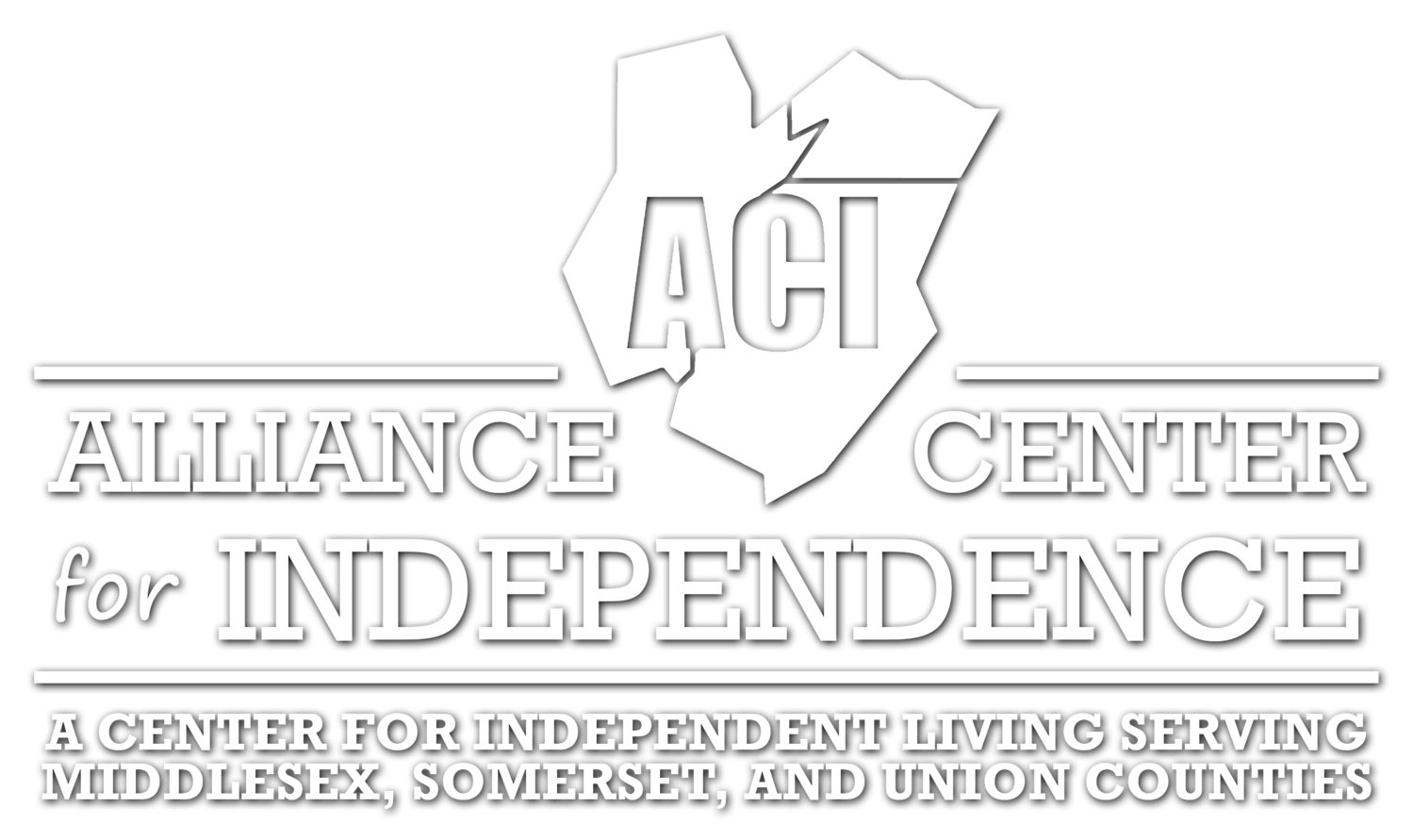Written By Eric Minghella, Volunteer Blog Writer for ACI
Qualifying for Social Security Disability Benefits
If a medical condition has made it impossible for you to work and earn a living, you might be eligible to receive Social Security Disability benefits. The Social Security Administration (SSA) oversees two separate disability programs. These programs are Social Security Disability Insurance (SSDI), which is a program for disabled workers, and Supplemental Security Income (SSI) which is for disabled workers but is not based on work history but on financial need. In most cases, those who have physical disabilities are more likely to be awarded SSDI while those with intellectual disabilities are more likely to receive SSI benefits.
SSDI Benefits
If you worked enough to earn sufficient credits and pay in enough taxes to the Social Security program, you can apply for SSDI benefits. SSDI is dependent on your work history and not your financial status. Rather than being income-based, SSDI is based on your work credits. In general, you must have worked the equivalent of five years full-time out of the last 10 years. The SSDI application process involves a careful look at your work history and your medical condition. The Blue Book, which is the medical guide, sets forth stringent medical criteria that must be met to qualify for disability benefits. To receive SSDI, you must meet these specific criteria.
When you are awarded SSDI benefits, your spouse and minor children might qualify for auxiliary benefits. In order to receive SSDI, you must be an adult at least age 18 but no older than 65. Your condition must last at least a year or expect to result in your death. Because of a required five-month waiting period, you won't receive benefits for the first five months you can't work. Your monthly benefit amount depends on your earnings record, so the payment determination is similar to Social Security retirement benefits. For approval, detailed medical records and extensive documentation are required.
SSI Benefits
While you must also be disabled to receive SSI benefits, you must meet specific financial guidelines. These financial guidelines involve income and resource limits. To receive SSI benefits, you don't have to have an established work history. As of 2018, the income limits for SSI are $750 per month for an individual and $1,125 per month for a couple. Since not all income is counted, you might be able to have a slightly higher income and still qualify for benefits. If the applicant is a child, the family's income is given consideration through the deeming process. SSI benefits are payable to disabled children as well as to low-income adults.
There are some situations where a disabled individual can receive both SSI and SSDI benefits. Those instances include where the individual worked but his or her income was not substantial enough to earn monthly SSDI benefits that exceed the financial limits set forth by the SSA to receive SSDI benefits. In those cases, the individual's SSI check would be enough to make up the difference in the SSI limits. The monthly SSI check amount is based on subtracting the monthly countable income from the $750 for an individual or $1,125 for a couple. The check is then based on that difference. As an example, if a disabled individual's monthly income was $650, he or she could receive an SSI check for the $100 difference. Even if an individual is considered disabled per the SSA guidelines, he or she will not receive SSI benefits if the financial requirements aren't met.
Meeting the Medical Requirements for Disability Benefits
In order to receive any kind of disability benefits from the SSA, you must prove that you are medically disabled. As an example, if you have suffered serious asthma problems that have led to your inability to work then you might be eligible to receive disability benefits. To be eligible to disability benefits based on asthma, you have to prove that your asthma attacks are prolonged, which means they last at least an entire day at a time and that they are so severe they require intensive treatment, which means antibiotics must be administered, an intravenous bronchodilator must be used, or bronchodilator therapy of a prolonged nature in an emergency room, hospital or other setting, according to the Blue Book Section 3.02. These asthma attacks must continue in spite of prescribed treatment at least once every two months or six times each year and require physician care.
Applying for Benefits
To start your application for Social Security Disability benefits, start your application online, or visit your office. The process is very detailed, so be aware that documentation is the key to a successful claim. You must supply all medical records, including physician notes, test results, and documentation showing how your condition impacts your ability to work.
Resources Found Via:




